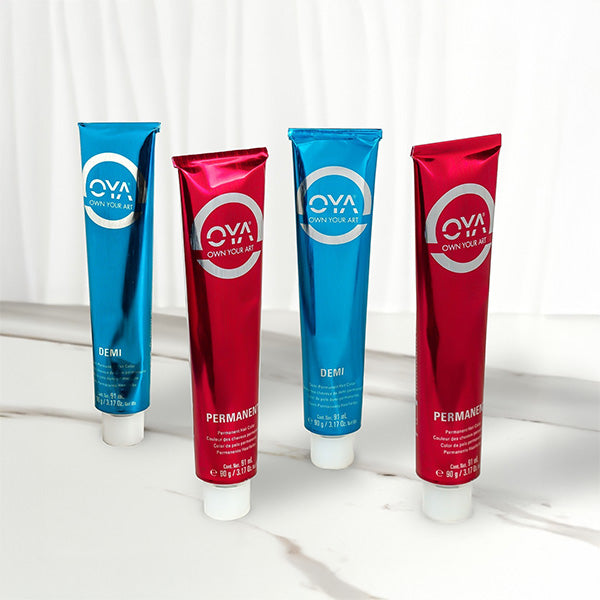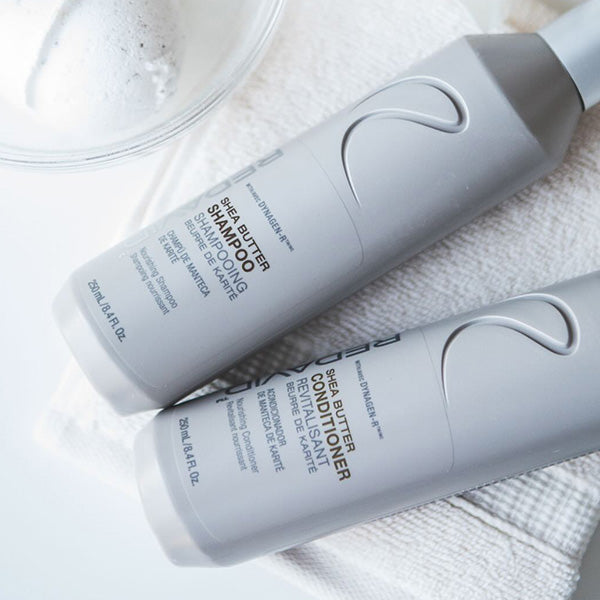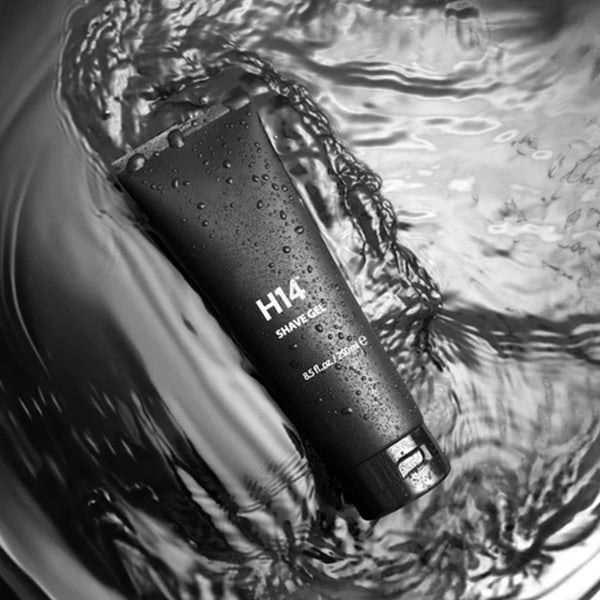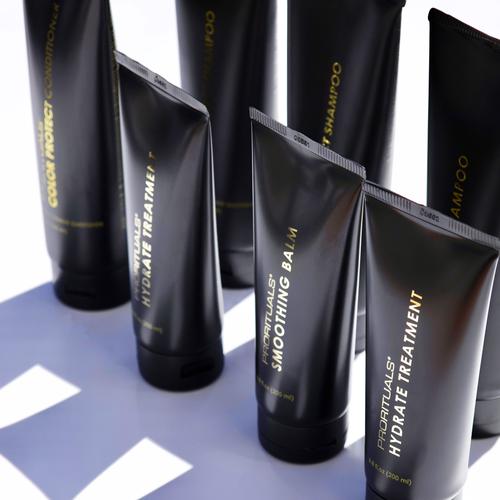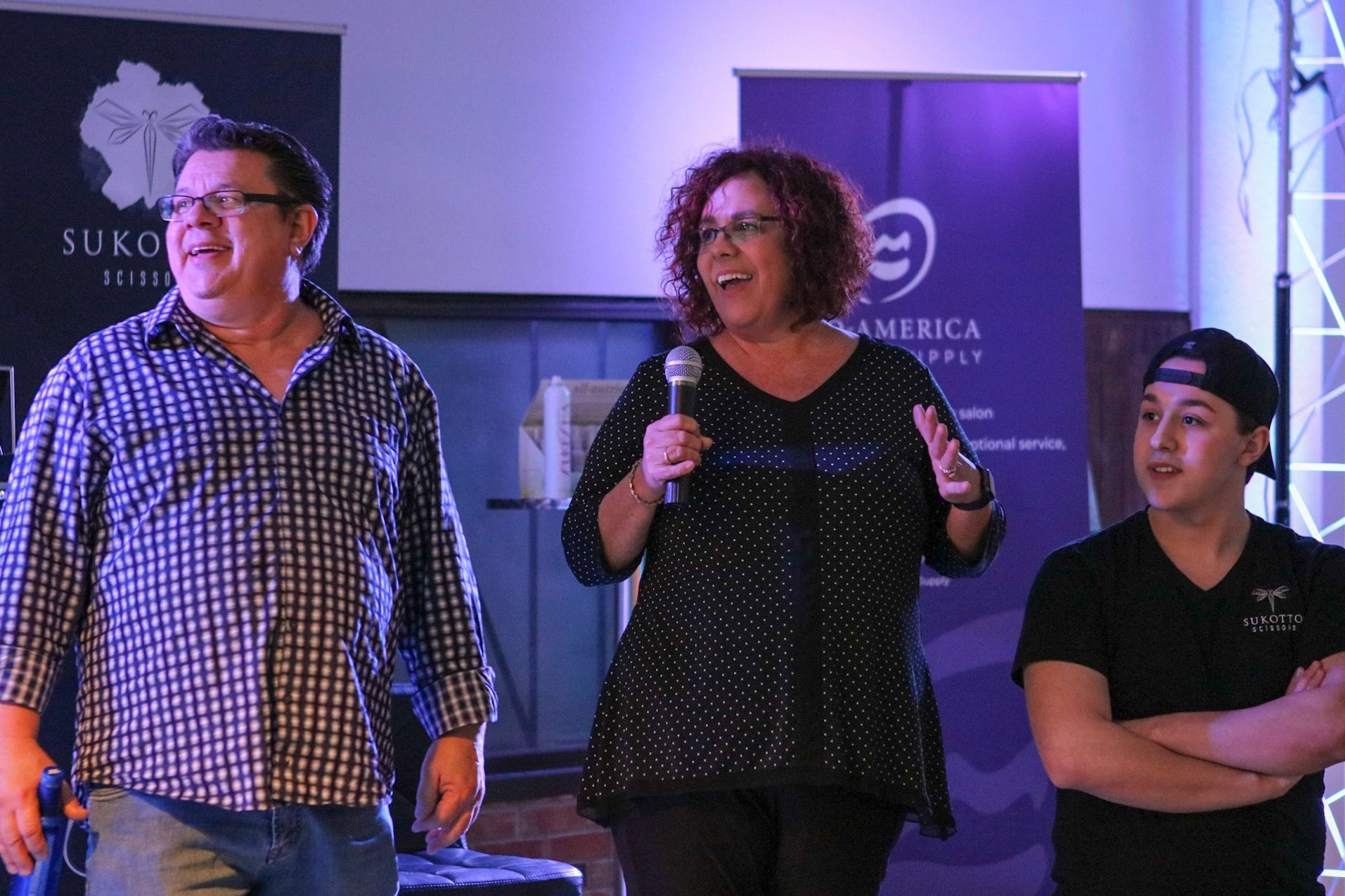When to Refuse a Service: Protecting the Client and Your Reputation
In a service-driven industry, it can feel counterintuitive to say “no” to a client. But sometimes, refusing a service is the most professional and ethical choice a stylist can make. Whether it's due to compromised hair integrity, unrealistic expectations, or health concerns, knowing when—and how—to decline a request protects both the client’s well-being and your professional credibility.
Understanding the Stakes
Refusing a service isn’t about rejecting a client. It’s about making decisions based on your expertise, not pressure. Delivering a result you know won’t last, won’t be safe, or won’t align with the client’s actual needs can lead to:
-
Damaged hair
-
Legal or health liabilities
-
Loss of trust
-
Negative word-of-mouth or online reviews
Setting clear boundaries, and communicating them with authority and empathy, positions you as a professional who puts integrity before profit.
Red Flags That Signal It’s Time to Decline
1. Severely Compromised Hair Integrity
When hair is overly porous, stretchy, mushy when wet, or breaking under minimal tension, it’s not a candidate for further lightening, perming, or chemical straightening. Additional services will only worsen the condition and may cause irreversible damage.
2. Chemical Layering Without History
If the client is unsure or vague about previous treatments—especially lighteners, box dyes, keratin treatments, or relaxers—you risk unpredictable chemical reactions. Without a strand test or complete history, proceed with caution or not at all.
3. Scalp Conditions or Open Wounds
Any signs of irritation, flaking, inflammation, or cuts should pause chemical services immediately. In some cases, even shampoos or styling products can worsen skin conditions or cause allergic reactions.
4. Requests That Defy Natural Limits
Clients asking to go from dark brunette to platinum in one session, or wanting a transformation that doesn’t align with their maintenance habits, budget, or lifestyle, may need a reality check. If the expectation can’t be safely met, it’s your responsibility to reset the vision—or walk away.
5. Disrespectful or Aggressive Behavior
Stylists are professionals, not punching bags. If a client crosses personal or professional boundaries, whether it's with language, attitude, or refusal to follow salon policies, ending the appointment may be the best course of action.
6. Emotional Impulse Requests
When a client comes in after a breakup demanding a major chop or dramatic change, assess their emotional state. If they seem unstable or unsure, suggest a consultation first or ask them to return another day.
How to Say No Without Burning Bridges
Refusing a service doesn’t have to damage the relationship. Use calm, confident language and focus on education:
-
“I can’t perform this service today because your hair needs time to recover, and I want to make sure we preserve its integrity.”
-
“In my professional opinion, this won’t produce the result you’re hoping for—and I don’t want to put you through something that may lead to damage or disappointment.”
-
“We can absolutely work toward that look over time, but doing it all at once isn’t safe or realistic based on your hair’s current condition.”
Offer an alternative: a treatment, a gloss, a transition plan, or simply a rebooking with a strand test.
Protecting Your Salon and Team
Make sure your salon has a clear policy on service refusal. Back up your stylists when they make judgment calls rooted in safety or ethics. Having forms for chemical history, signed consent for color corrections, or even a “pause and plan” consultation approach can reduce risk and support confident decision-making.


